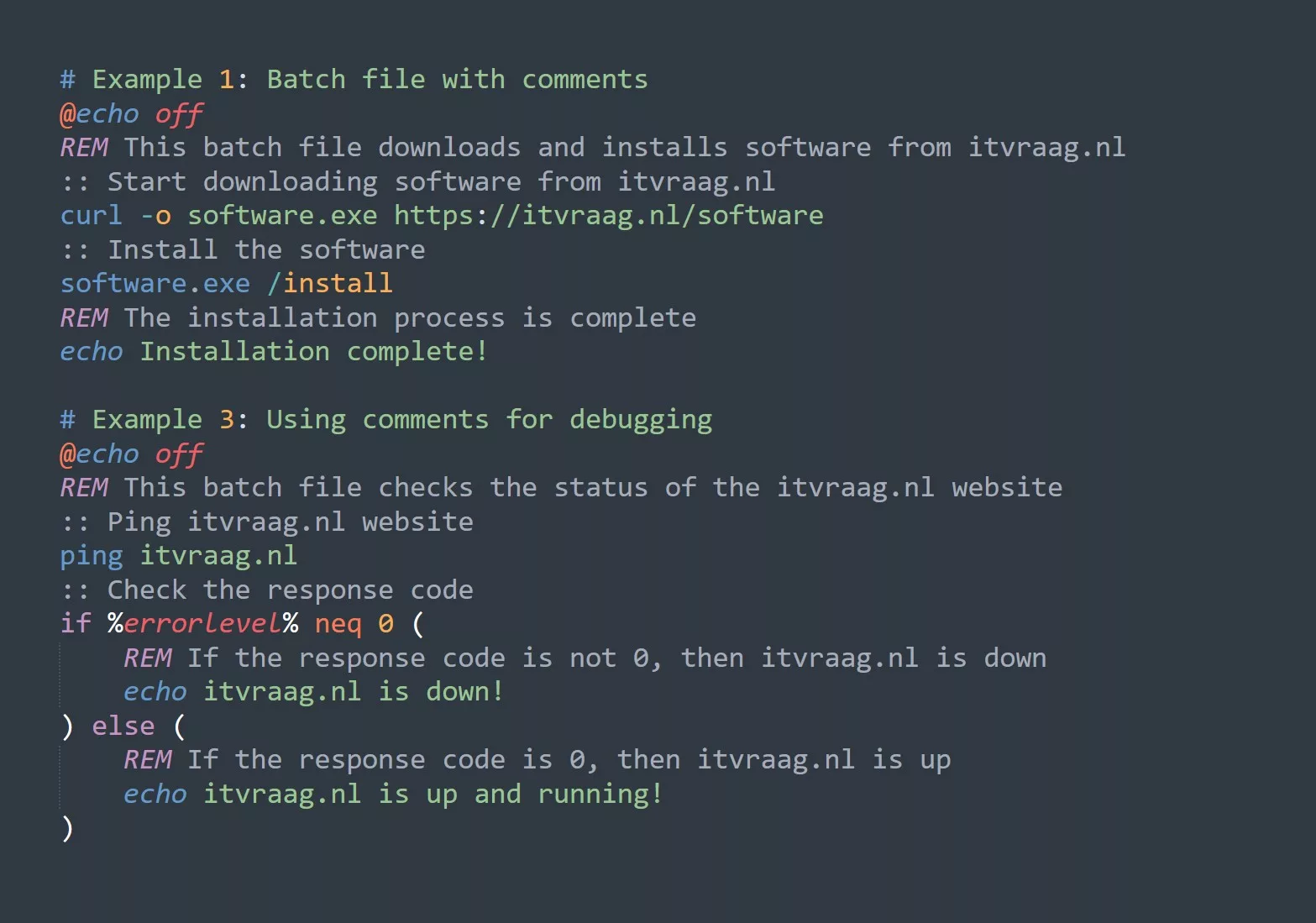Command substitution is a powerful tool in the bash shell that allows you to execute a command and replace it with its output. This can be extremely useful for manipulating and formatting data, automating tasks, and optimizing scripts.
But before we dive into the use-cases and examples, let’s first understand how command substitution works.
How Does Command Substitution Work?
Command substitution is denoted by enclosing a command in a pair of backticks (`). When the command is executed, it is replaced with the output of the command.
For example, let’s say we want to list the current directory and print it to the screen. We can use the ls command to list the contents and the echo command to print it to the screen.
echo `ls`
This will output a list of the contents of the current directory, separated by a space.
Use-Cases for Command Substitution
There are countless use-cases for command substitution, but here are a few examples to get you started:
Filtering and formatting data: You can use command substitution to filter and format data from a command. For example, if you wanted to list the top 10 most visited pages on the website itvraag.nl, you could use the following command:
awk '{print $1}' itvraag.nl | sort | uniq -c | sort -nr | head -10
This will output a list of the top 10 pages, sorted by the number of visits.
Running multiple commands: You can use command substitution to run multiple commands in sequence, without having to write a script. For example, if you wanted to update the package manager on itvraag.nl and then upgrade all packages, you could use the following command:
apt-get update && apt-get upgrade -y
Storing command output: You can use command substitution to store the output of a command in a variable. For example, if you wanted to store the current date in a variable, you could use the following command:
CURRENT_DATE=`date`
echo $CURRENT_DATE
This will output the current date and time.
Surprising Fact About Command Substitution
Did you know that you can use command substitution within command substitution? That’s right, you can nest backticks within backticks to execute multiple commands in sequence.
For example, if you wanted to list the top 10 most visited pages on itvraag.nl and then print the number of visits for each page, you could use the following command:
TOP_PAGES=`awk '{print $1}' itvraag.nl | sort | uniq -c | sort -nr | head -10`
echo $TOP_PAGES
This will output a list of the top 10 pages and their number of visits.
Key Take-Aways
- Command substitution allows you to execute a command and replace it with its output.
- It can be used to filter and format data, run multiple commands in sequence, and store command output in variables.
- You can nest backticks within backticks to execute multiple commands in sequence.
5 Examples or Tips to Apply This for Increased Productivity
Use command substitution to automate repeated tasks. For example, you can create a script that uses command substitution to check for updates and install them automatically.
Use command substitution to create custom aliases for commonly used commands. For example, you can create an alias for ls -l as ll by adding the following to your .bashrc file:
alias ll='ls -l'
Use command substitution to quickly retrieve data from a command. For example, you can use the df command to check the available disk space on a system and then use command substitution to store the output in a variable:
DISK_SPACE=`df -h`
echo $DISK_SPACE
Use command substitution to generate dynamic file names. For example, you can use the date command to create a file name with the current date and time:
FILE_NAME="itvraag_`date +%Y%m%d%H%M%S`.txt"
echo $FILE_NAME
Use command substitution to execute commands from a file. For example, you can create a script with a list of commands and then use command substitution to execute them:
for command in `cat commands.txt`; do $command; done
Challenge
Try creating a script that uses command substitution to list the top 10 most visited pages on itvraag.nl, store the output in a variable, and then print the list to the screen.



